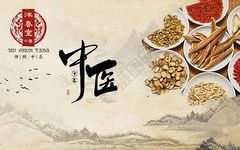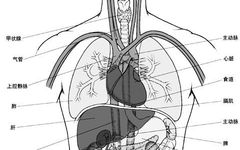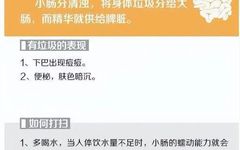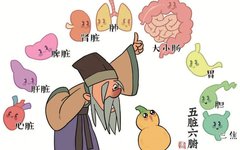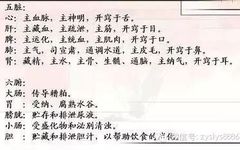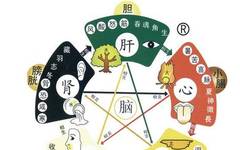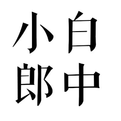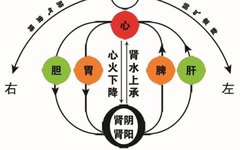Signals of the Five Zang and Six Fu Organs (TCM Popular Science)
The five zang organs include the heart (xin), lungs (fei), spleen (pi), liver (gan), and kidneys (shen); the six fu organs include the gallbladder (dan), stomach (wei), small intestine (xiao chang), large intestine (da chang), bladder (pang guang), and san jiao (triple burner). The human body is an organic whole, and the functional activities of … Read more

